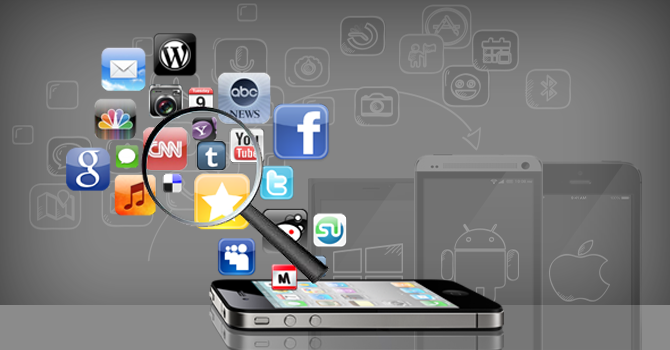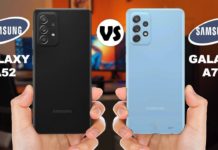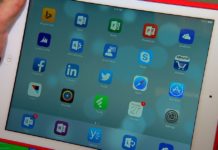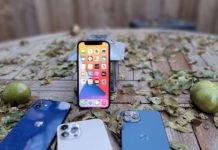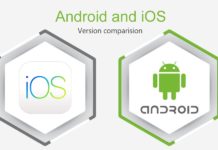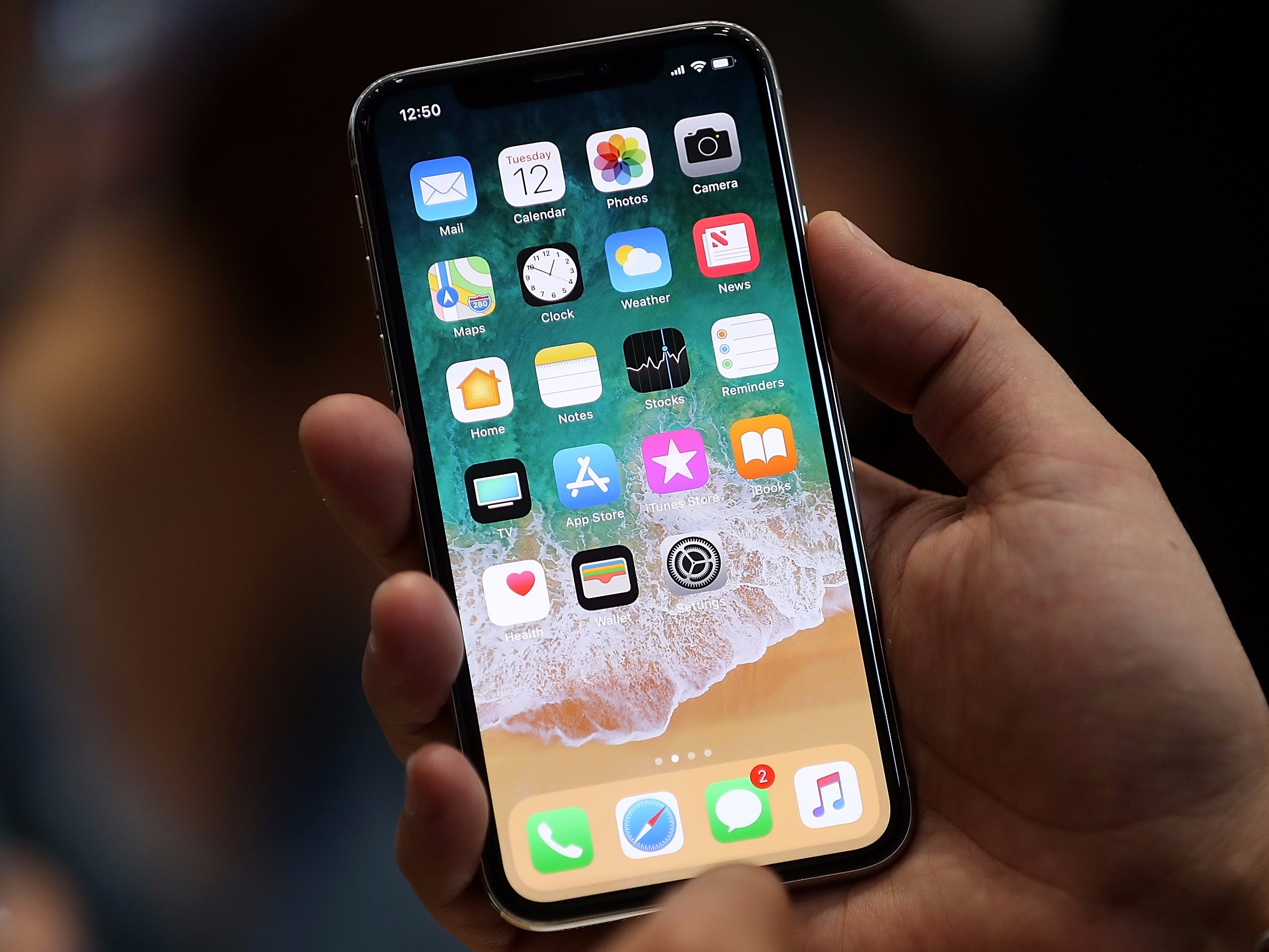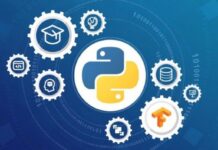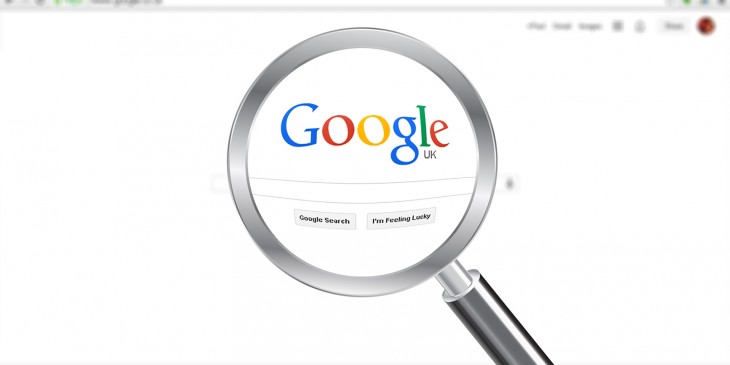Warning: Undefined array key "https://www.mobinfo.net/news/" in /home/techwknj/mobinfo.net/wp-content/plugins/wpa-seo-auto-linker/wpa-seo-auto-linker.php on line 192
This article, in chronological order, tries to sort out the important versions and their features since the birth of Android and iOS, and look at the respective development speeds and priorities of these two systems.
June 2007, iOS1.0
The epoch-making iOS first-generation release, it can be said that the most core smartphone applications have been available in this version, including maps, browsers, itunes, full-screen touch operations, which can also be understood when the first generation of iphone appeared The shock of people.
July 2008, iOS2.0
The most significant change in 2.0 is the opening of the AppStore, which can be used to develop and use third-party applications, which is almost the cornerstone of the entire mobile Internet ecosystem.
September 2008, Android 1.0
Two months after iOS2.0, Android turned out, the world’s first Android device is HTC Dream. Android at 1.0 also basically brings the complete smartphone experience to the majority of users, of course, including AndroidMarket.
April 2009, Android 1.5 (Cupcake Cupcakes)
- Added support for virtual keyboards, previously only supported on physical keyboards
- Support Widget function, you can create music player, folder shortcuts and other functions on the desktop.
- Other optimization
June 2009, iOS 3.0
Optimization of each function, including support for text clipping, copying, pasting, etc.
September 2009, Android 1.6 (Donut Donuts)
- Support CDMA network
- Other optimization
April 2010, iOS 3.2
Mainly added support for iPad
May 2010, Android 2.2 (Froyo Frozen Yogurt)
- Support for installing software to a memory card
This is a very important feature, so you no longer have to worry about the phone memory card can not install the app. - The introduction of JIT
Just-in-time Compilation (JIT) is a technique for improving the performance of bytecode by translating bytecode into machine code at runtime. JIT technology can partially improve the efficiency of Android program execution, but there is no obvious improvement on graphics rendering, thread scheduling, I/O, etc., so the introduction of this technology is far less than the official promotion. - The browser uses the V8 JavaScript engine to increase the performance of JavaScript by a factor of two to three.
September 2010, iOS 4.1
Significant changes have supported multitasking, despite the true multitasking in different desktop systems, but this is Apple’s understanding of the multitasking that users need on mobile devices. With multitasking support, the utility of double-clicking the home button changes from the original screen capture operation to displaying the most recently run application.
December 2010, Android2.3 (Gingerbread Gingerbread)
- Gaming Api
takes Android games to new heights - NFC (Near Field Communication)
- Battery Management
Helps you fully extend battery life by monitoring how your device uses its power and how much it is being used on all aspects of the device (screen brightness, running apps, etc.).
This is a fairly mature system, resulting in a long time domestic machine has been maintained on this system version.
February 2011, Android 3.0 (Honeycomb Hive)
An operating system designed for Android tablets, but it is a short-lived version because he is not compatible with phone
April 04, Android 4.0 (Ice Cream Sandwich)
- Unified mobile and tablet operating systems
- Based on linux3.0.1 kernel
- Performance optimization
October 2011, iOS 5.0
The key function is to add siri, although it was amazing at the time, but now it is basically a chicken rib function.
June 2012, Android 4.1/4.2/4.3 (JellyBean Jelly Bean)
- GoogleNow is similar to siri
- Performance and stability improvements
September 2012, iOS6.0
No obvious highlights, the slot is to replace the GoogleMap that has been used before with Apple’s own Map
September 2013, iOS7.0
- UI changed from quasi-physical to flat
- Support fingerprint recognition
October 2013, Android 4.4 (Kitkat)
The optimization of various functions, although there are no obvious highlights, but the stability is high. For a long time, the mainstream version of the domestic Android system, even today, four years later, still accounts for about 5% of the market.
September 2014, iOS 8.0
Enhanced openness, giving developers more framework interfaces, such as support for small plugins, notifications to customize more operations, support for third-party keyboards, open fingerprint recognition, and more.
October 2014, Android 5.0 (Lollipop Lollipop)
- Adopt a new Material Design interface
- With the ART virtual machine, the
Dalvik virtual machine is fully converted to [Android RunTime] (ART) to compile the virtual machine. Officials claim that the new virtual machine can quadruple performance compared to the old virtual machine.
September 2015, iOS 9.0
Still some new features, such as iPhone 6s/6s plus support 3D-Touch, etc.
October 2015, Android 6.0 (Marshmallow Marshmallow)
- The new permission mechanism
adds dynamic permission detection of runtime permissions based on the original AndroidManifest.xml declaration permission. The following permissions need to be judged at runtime, including: body sensor, calendar, camera, address book, geographic location, microphone, Phone, SMS, storage space. - Increase Android Pay billing
August 2016, Android 7.0 (Nougat Nougat)
- Support multiple windows
- Notification enhancements
- Profile-directed JIT/AOT Compilation The
JIT compiler complements the current Ahead of Time (AOT) compiler for Android runtime components to help improve runtime performance, save storage space, and speed application updates and system updates.
September 2016, iOS10.0
- Experience optimization
- Allow deletion of Apple default app
- Siri open to third parties
August 2017, Android 8.0 (Oreo Oreo)
-TensorFlow Lite
TensorFlow Lite is a streamlined version of Google’s machine learning tool TensorFlow, a new tool that helps low-power devices keep up with today’s high-intensity task processing, leveraging new neural network APIs to help underlying chips accelerate data processing.
- Picture-in-picture
Google emphasizes the fluency of multi-tasking scenarios. For example, users can watch movies on Netflix, reduce the screen of the movie to a floating window, view the calendar, search for information, and other work while watching a movie. - Select Smart Text
Smart text selection (Smart Text Selection) is when to use Google’s machine learning to detect selected address or phone number, and then automatically apply it to the appropriate application functionality - Autofill
For Android’s most popular apps, Android O will help users sign in quickly instead of filling in their account name and password each time. - Google Play Protect
can be considered a virus scanner for Android apps - System/application launcher acceleration
Google said that on Android O, Pixel devices start almost half of the time.
September 2017, iOS11.0
- Enhanced iMessages, mainly to support the transfer of Apple Pay
- Added support for AR augmented reality, providing ARKit for developers
- Optimized camera functionality
It can be seen that from the beginning of the two platforms, the triumph of the two songs, the version of the frequency (especially the Android system, the original version is really flying, remember there is a mobile version of the mobile android version), and now basically one year a version . Both systems have transitioned from a barbaric growth phase to a steady development phase.
At the same time, the two platforms also show a high degree of homogenization, from basic functions such as photos, music, App market, maps, to voice assistants (siri, now), high-level functions of payment, to today’s AI. , AR, etc., although you chase after the two systems, but basically keep the pace of the same. With the continuous optimization of Android system performance, today’s Android high-end machines are not bad at least at the system level.
It is foreseeable that the next two systems are also destined to become more and more like, whether it is function or performance, even with the efforts of Samsung, Huawei, oppovivo, Xiaomi and other manufacturers, the Android system will definitely exceed iOS in some details. Details + cost, may be one of the reasons for users to switch from iOS to Android, and the reason for users to maintain iOS is that they are used to the ecology of iOS, afraid to make changes.
In any case, these two systems may have to coexist for a long time. They are afraid that they will not be able to defeat each other. It is more likely that they will be defeated by the new higher-level system, and there is no such thing as a backhand.

